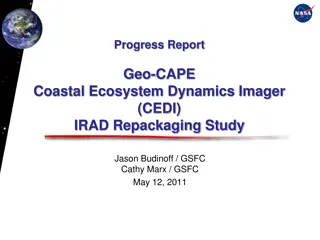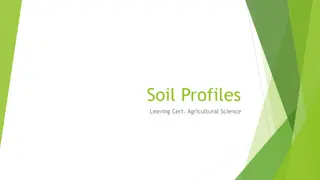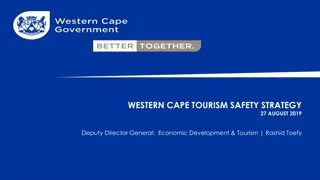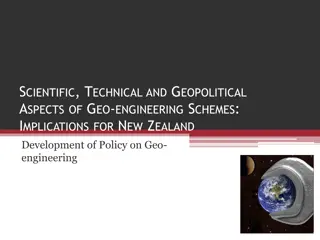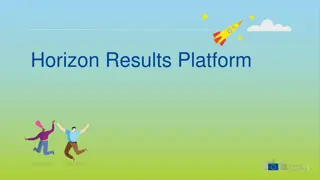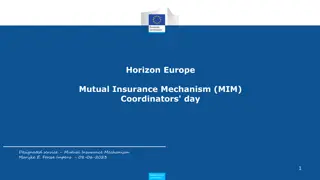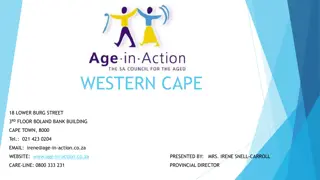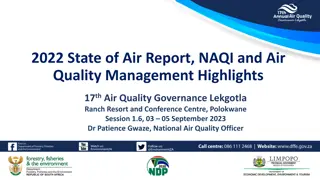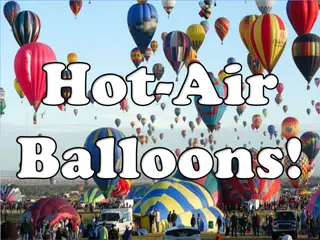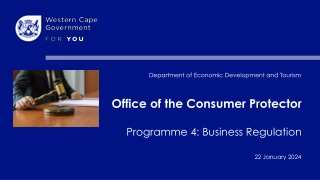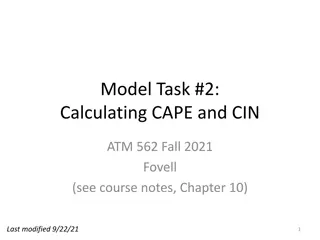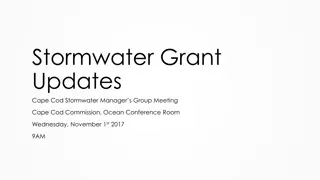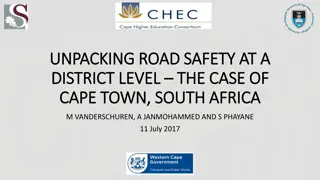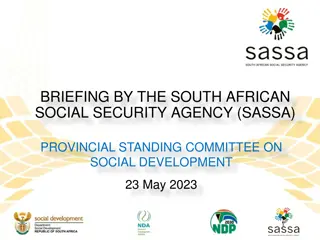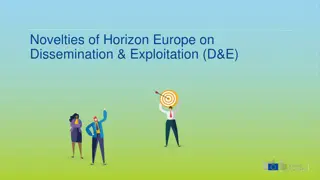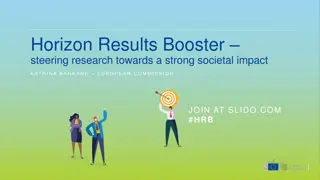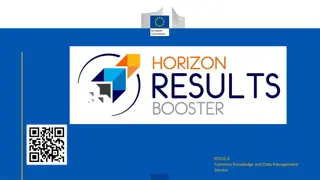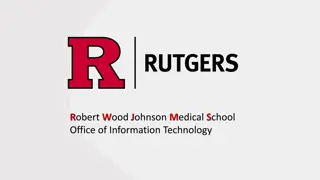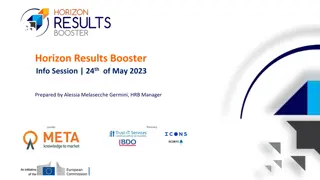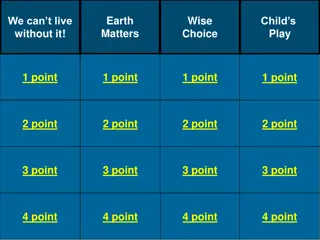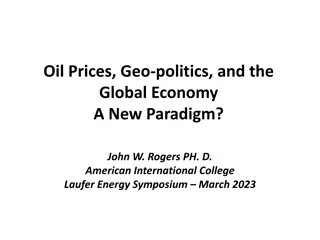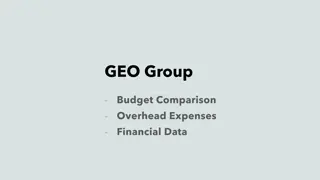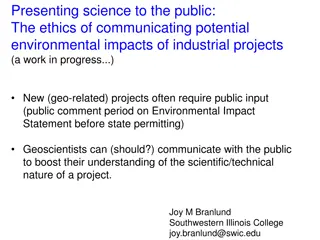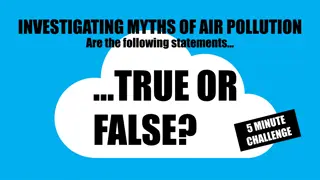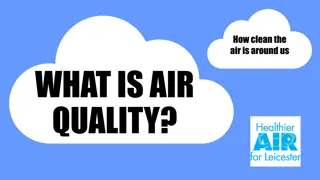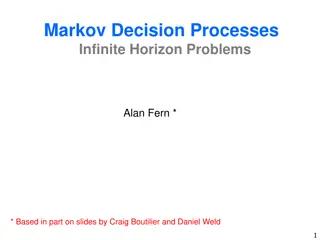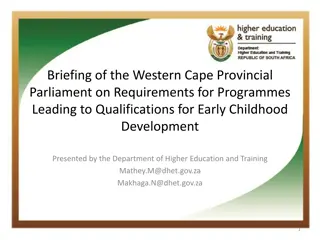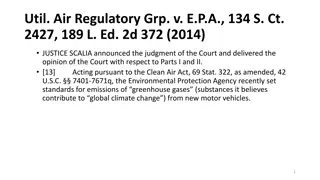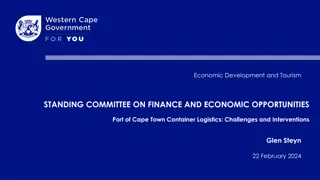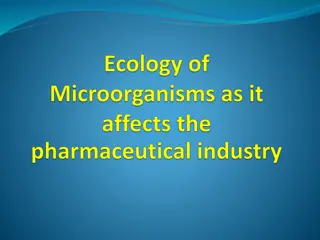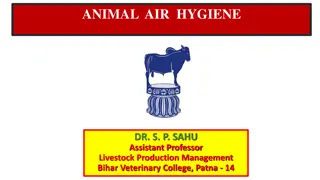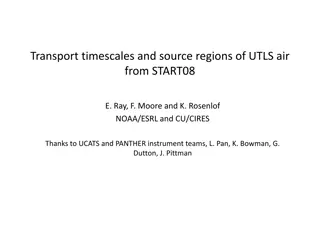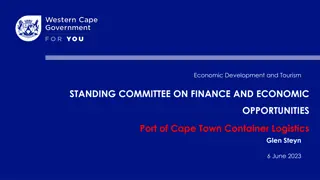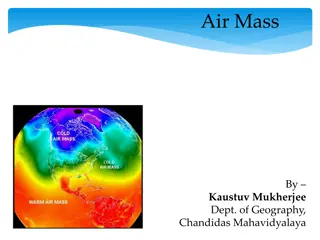Air Quality Policies and Science Challenges in GEO-CAPE Horizon
The policies in play during the GEO-CAPE Horizon encompass a range of Clean Power Plans, NAAQS requirements, emissions controls for vehicles, air toxics reduction strategies, and more. Science challenges include emissions quantification, atmospheric composition analysis, air quality and climate linkages, exposure estimation, and real-time information needs.
Download Presentation

Please find below an Image/Link to download the presentation.
The content on the website is provided AS IS for your information and personal use only. It may not be sold, licensed, or shared on other websites without obtaining consent from the author. Download presentation by click this link. If you encounter any issues during the download, it is possible that the publisher has removed the file from their server.
E N D
Presentation Transcript
Continuing to Prepare for Continuing to Prepare for Air Quality User Needs Air Quality User Needs Terry J. Keating, PhD Office of Air and Radiation U.S. Environmental Protection Agency
What policies are in play during the GEO What policies are in play during the GEO- -CAPE horizon? (highlights based on current policies and proposals) CAPE horizon? Clean Power Plans Clean Power Plans Plans Due 2016 Plans Due 2016 2018, Reductions by 2022 by 2022 2030 2030 O O3 3NAAQS (2015) NAAQS (2015) SIPs Due 2020 SIPs Due 2020 2021, Attainment by 2020 by 2020 2037 2037 PM PM2.5 NAAQS (2012) SIPs Due 2016 SIPs Due 2016 2020, Attainment by 2021 by 2021 2025 2025 Regional Haze Regional Haze Revised Plan Due 2018, Final Revised Plan Due 2018, Final Target by 2060 Target by 2060 Secondary NAAQS for Ecosystem Secondary NAAQS for Ecosystem Protection Protection Transportation Emissions Transportation Emissions Tier 3 Light Duty Vehicle Controls Tier 3 Light Duty Vehicle Controls 2017 2017 2025 2025 Phase 2 GHG Heavy Duty Vehicle Phase 2 GHG Heavy Duty Vehicle Controls 2021 Controls 2021 2027 NO NO2 2NAAQS (2010) NAAQS (2010) Near Road Monitoring Established Near Road Monitoring Established 2014 2014 2017 2017 Air Toxics Risk and Technology Reviews Air Toxics Risk and Technology Reviews Climate Action Plan: Methane Climate Action Plan: Methane Strategy Strategy landfills, oil & gas, coal mines, ) landfills, oil & gas, coal mines, ) Reductions by 2025 Reductions by 2025 2030 2018, Reductions 2027 2021, Attainment 2.5 NAAQS (2012) 2020, Attainment 2030
What are some of the policy What are some of the policy- -relevant science challenges? relevant science challenges? Emissions Quantification Emissions Quantification Numerous, diffuse, and variable sources Numerous, diffuse, and variable sources Event Based Source Apportionment Event Based Source Apportionment Local, Intra Local, Intra- -State, Inter State, Inter- -State, International Fire, Dust, Biogenic, Fire, Dust, Biogenic, Geogenic Atmospheric Composition and Processes above the Surface Atmospheric Composition and Processes above the Surface Observations and Model Evaluation Observations and Model Evaluation Air Quality and Climate Linkages Air Quality and Climate Linkages Impacts and robustness of control strategies Impacts and robustness of control strategies Fine Spatial Resolution Exposure Estimation Fine Spatial Resolution Exposure Estimation Temporally resolved and chemically Temporally resolved and chemically speciated Near Real Time Information Near Real Time Information For planners/managers and for the public For planners/managers and for the public State, International Geogenic, Stratospheric , Stratospheric speciatedtoo! too!
How can the GEO How can the GEO- -CAPE community further prepare to CAPE community further prepare to identify and address these challenges? identify and address these challenges? What have we learned from past efforts: What have we learned from past efforts: ARSET, GOES-R Air Quality Proving Ground, AQAST, DISCOVER-AQ About About What have we learned about the process of identifying needs and opportunities? Has that evolved over the course of the project/activity as the two communities have become more familiar with one another? What have we learned about effective ways to deliver data and tools? What have been the most "successful" projects in terms of producing something that the air quality community continues to use? Given the experience in this project, what user needs do we think that TEMPO and other aspects of GEO-CAPE should focus on? What processes (groups, workshops, ...) and procedures need to be in place to address those needs effectively?


